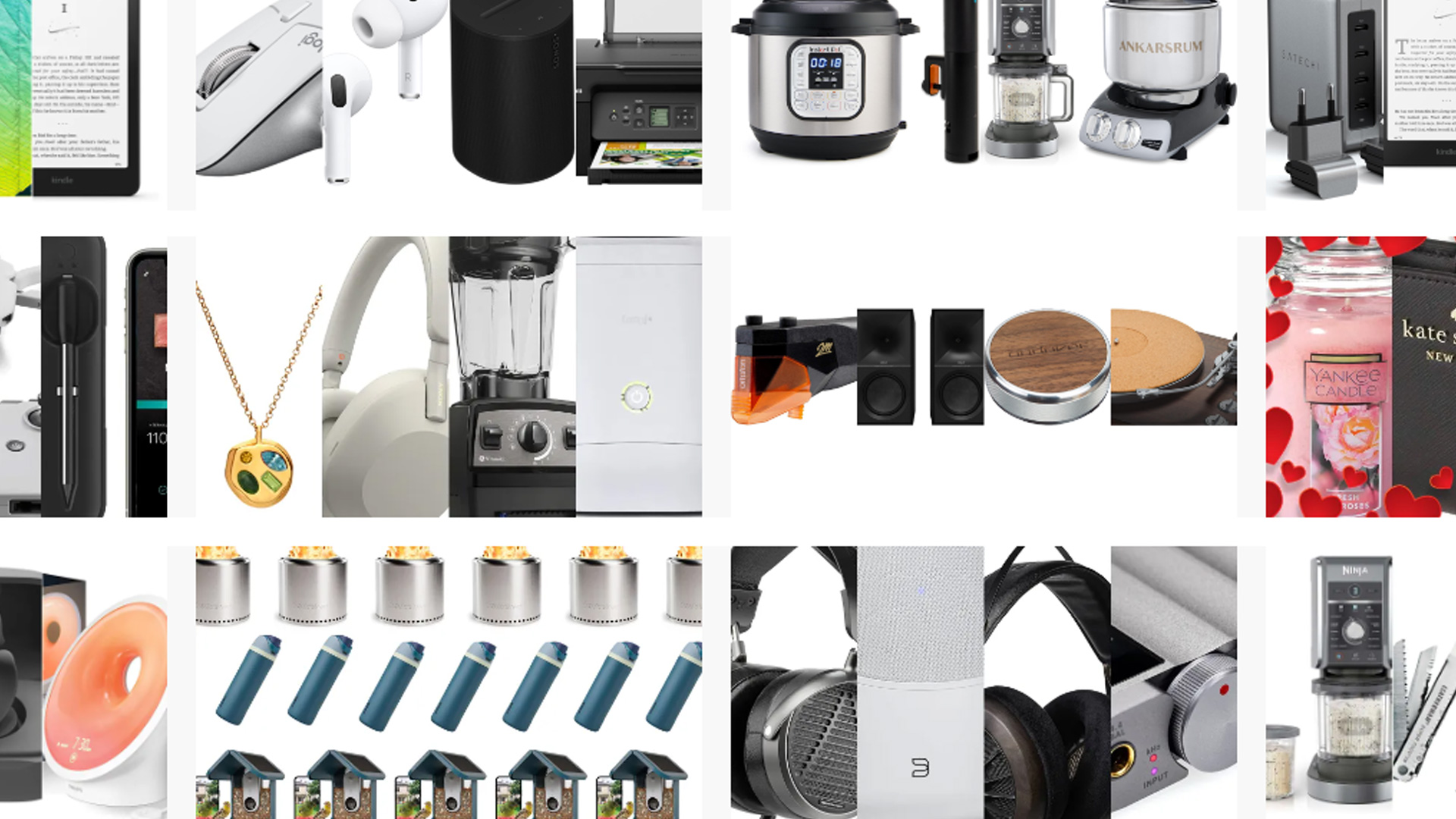With an eerie, robot-like appearance and an otherworldly glow when worn, those LED masks all over your FYP give off a science-fiction vibe. Fittingly, it was researchers with NASA who discovered the potential for medical light therapy to treat wounds, arthritis, glaucoma and other ailments in the 1990s.
By the early 2000s, that LED light therapy was growing in popularity at dermatology offices where patients donned an LED mask or used similar devices to slow aging and treat acne. And now that technology has trickled down to our homes. Brands like Omnilux and Dr. Gross have popularized direct-to-consumer LED masks that are safe to use regularly in the privacy of your own home, available at a range of price points (from under $100 to nearly $500). But do the LED masks actually work? It depends, says Dr. Samantha Venkatesh, a dermatologist with Rush University Medical Group in Chicago.
How do LED masks work?
The mechanism behind LED masks is called photobiomodulation, Venkatesh said. The process involves wavelengths of light that essentially cause your skin cells to act or behave differently — whether it’s healing a wound, targeting acne or minimizing wrinkles.
The masks generally come with two main light options—red light and blue light—thought some also offer amber, green, yellow, and white light wavelengths, depending on the price point of the mask. Red light, with a wavelength around 700 nanometers, penetrates deeper into the skin and is used to stimulate collagen production, which helps reduce the appearance of wrinkles, Venkatesh said.
The blue light, with a shorter wavelength around 400 to 500 nanometers, doesn’t go as deep; instead, it’s thought to target acne-causing bacteria on the skin’s surface. “Both penetrate the skin at different depths, and that informs what they are working on,” Venkatesh said.
Researchers haven’t done robust studies on whether at-home LED masks actually work, but there is some evidence that the devices used in doctors’ offices have some benefits, Venkatesh said. Studies in 2007 and 2017, for example, found that use of red-light therapy helped improve the appearance of wrinkles. For the masks emitting blue light, however, a 2019 meta-analysis concluded that the verdict is still out on the efficacy of LED light therapy for acne.
“Some of the studies showed that it helped,” Venkatesh said. “Some of the studies showed that it didn’t. So, not great, robust data.”
Should you wear an LED mask?
For most people, using an LED mask a few times a week won’t do any harm, and it may do a little good, depending on what you use it for. Venkatesh recommended a few tips for using it effectively.
Only buy LED masks approved by the FDA. “Be careful when you’re looking at these devices,” she said. “Make sure that there’s some FDA clearance on it to make sure it’s been tested and safe and is actually emitting the wavelength of light that you want.”
Any benefits will require consistent use—10 to 15 minutes three to five times a week is recommended, she said. And keep it clean. Put on the mask right after you’ve cleansed your face but before you’ve applied any skincare products. Once you’re done, apply your lotions and serums, and clean the mask with an alcohol wipe. It’s also wise to opt for a a mask with built-in eye protection, to ensure your eyes aren’t damaged.
“We just don’t want to cause problems if you’re using a light-based device every day, consistently,” she said. “It’s more for protecting vision over time.”
While LED masks are generally considered safe for most people, some should avoid using them, Venkatesh advised. That includes people with photosensitive disorders, lupus, or melasma. Anybody taking certain antibiotics, such as doxycycline or minocycline—both common acne treatments—should exercise caution. The medications can increase sun sensitivity. “If they’re on similar antibiotics, I may not use the light and antibiotics in conjunction,” she said.
As the research on LED masks continues to evolve, Venkatesh remains cautiously optimistic about the treatment and its potential benefits on various skin conditions. And she doesn’t dissuade people from using them, particularly for minimizing pesky wrinkles. “It’s enjoyable,” she said. “And for people who really want to help as much as they can with facial aging, I definitely think it’s worth adding to a routine. But taking the right precautions and picking the right device is very important.”






